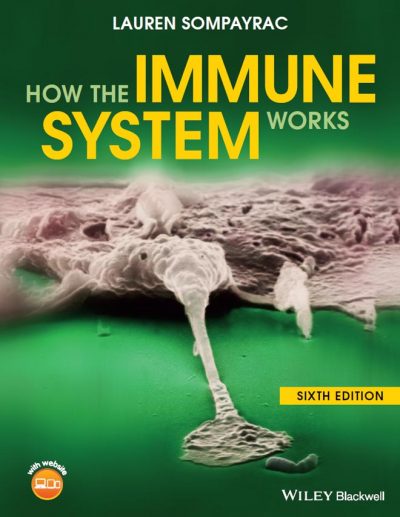
Future editions may need to devote more space to immunogenetics. However, an accessible synthesis of immunology and genetics is rare in other general texts as well. Although certainly not an imperfection for this book, the cursory coverage of immunogenetics would force a molecular epidemiologist looking for something more substantial to search elsewhere. Brief explanation and illustration of key bench procedures would complete the splendid “grand tour” of the immunologic world. They do it, for example, for the reticuloendothelial system, the tumor necrosis factor, the Fc portion of the immunoglobulin molecule, interleukin, interferon, complement, and caspase, but there are occasional lapses, as with the ζ chain of the T-cell receptor, which is simply listed even in the glossary as ζ (under Z) rather than “zeta.” The only factual error I noted was in the last paragraph of the book, where Kaposi's sarcoma is linked to HHV6 rather than HHV8.įuture editions might include a chapter or an appendix on immunologic methods. The authors take every opportunity to supply the logic behind some names or abbreviations and to clarify misconceptions about them. Throughout the book, the biochemical foundations are presented in sufficient detail and plain language. This section achieves an especially fine balance between basic and clinical immunology. The remaining chapters cover tolerance and autoimmunity, cancer and transplant immunology, and hypersensitivity and immunodeficiencies. In these chapters, the authors are fluid and effective in describing immunologic phenomena, such as antigen processing and presentation, T-cell receptor and immunoglobulin gene rearrangements, and immunoglobulin class switching. The next six chapters cover adaptive immunity: antigen presentation, antigen recognition, and cell-mediated and humoral immune responses. The latest developments in the fast-growing area of natural killer cell biology is treated more superficially, perhaps on purpose, because the topic is difficult to comprehend in a textbook of this scope, and the more curious reader must turn to journal articles for the latest information about natural killer receptors and functions. These 18 pages introduce the reader to the cells of the innate immune system, chemokines, cytokines, and complement molecules as well as clinical disorders arising from defects in each of these. The next chapter moves on to a subject fast gaining interest: innate immunity.
BASIC IMMUNOLOGY ABBAS LICHTMAN PILLAI 5TH EDITION PDF FULL
Anybody who finds the current field incomprehensible should study this chapter it is bound to leave the reader with a full appreciation of modern immunology. The first chapter introduces the immune system, with photographs of cells and organs of the immune system, beautiful drawings, graphs, and tables. The book consists of 12 chapters, which cover almost every topic found in larger classic textbooks. Nothing in this book seems to have been done just for the sake of it, and the precious whole is presented as a handy package.

The index is rather comprehensive as well.



The book ends with a list of suggested readings (carefully selected except for the reference to the 1993 map of the human major histocompatibility complex (MHC) which is now updated by the report of the MHC Sequencing Consortium in Nature, 1999 401:921) and three appendices containing 1) a list of known CD molecules, 2) a 24-page glossary, and 3) five clinical cases with questions and answers. Each chapter is summarized in bullet form with accompanying review questions. Even the text is frequently decorated with sections in boldface type to emphasize key concepts so that by just skimming through the pages and reading only those highlighted sections one can get a quick sense of basic immunology in minutes. Abundant diagrams, figures, charts, and tables make it easier to follow the subject. The plain language, coupled with the unintimidating size of the book, relieves the apprehensive reader at the outset. Today's immunology, at its current level of complexity, could not be put into 232 pages of text in a more comprehensive, yet accessible, way. It will also serve researchers with little training in immunology well. Having already produced a now classic immunology textbook ( 1), Abbas and Lichtman have done another good job in preparing this book primarily for students and others with little or no background in immunology.


 0 kommentar(er)
0 kommentar(er)
